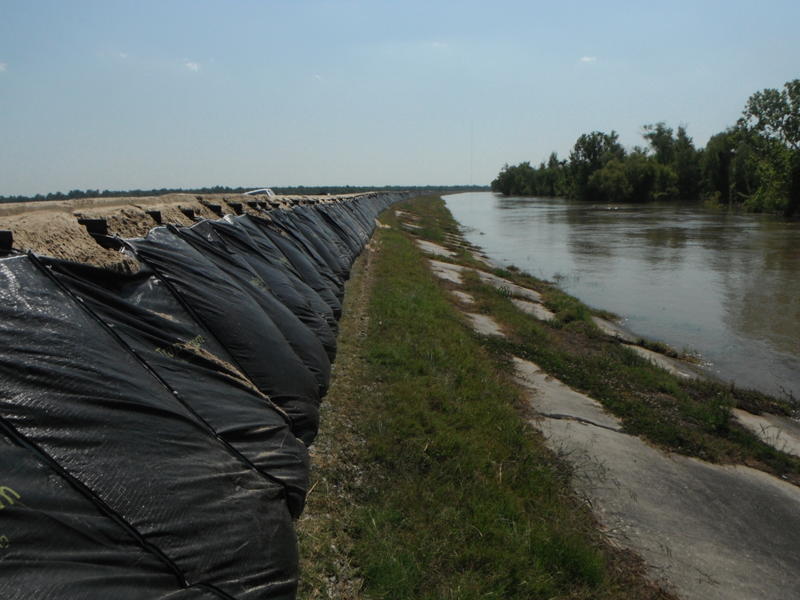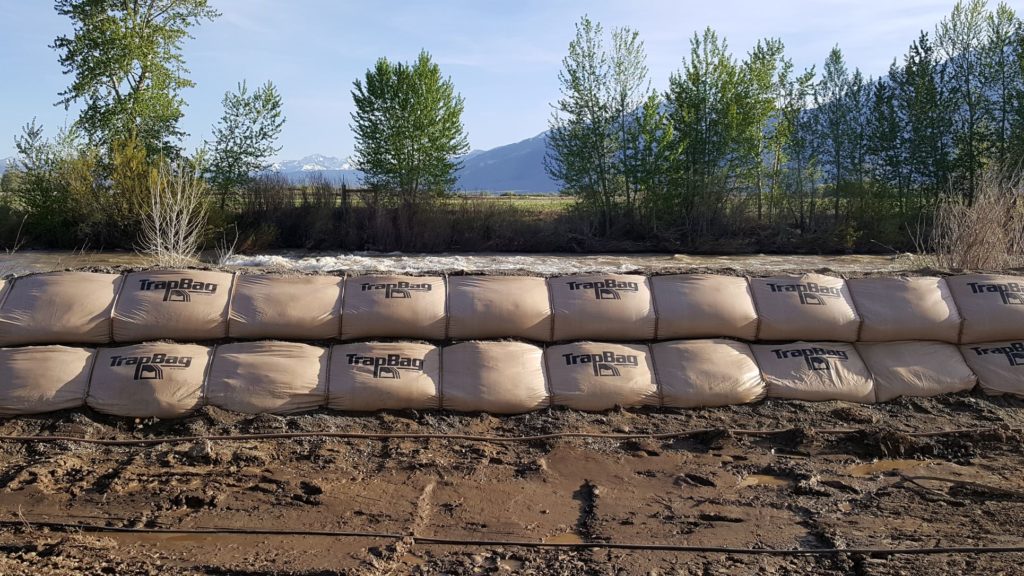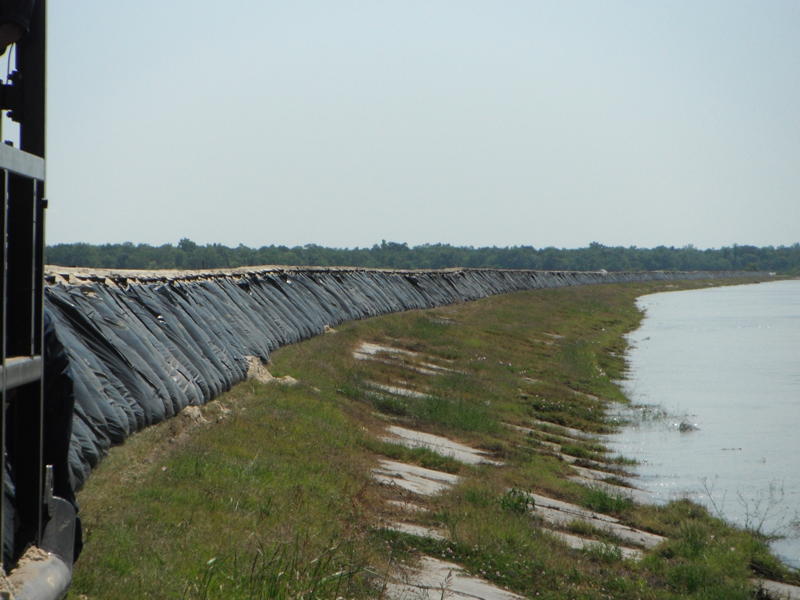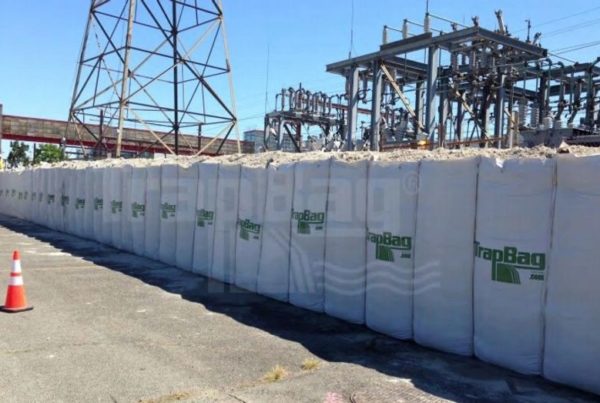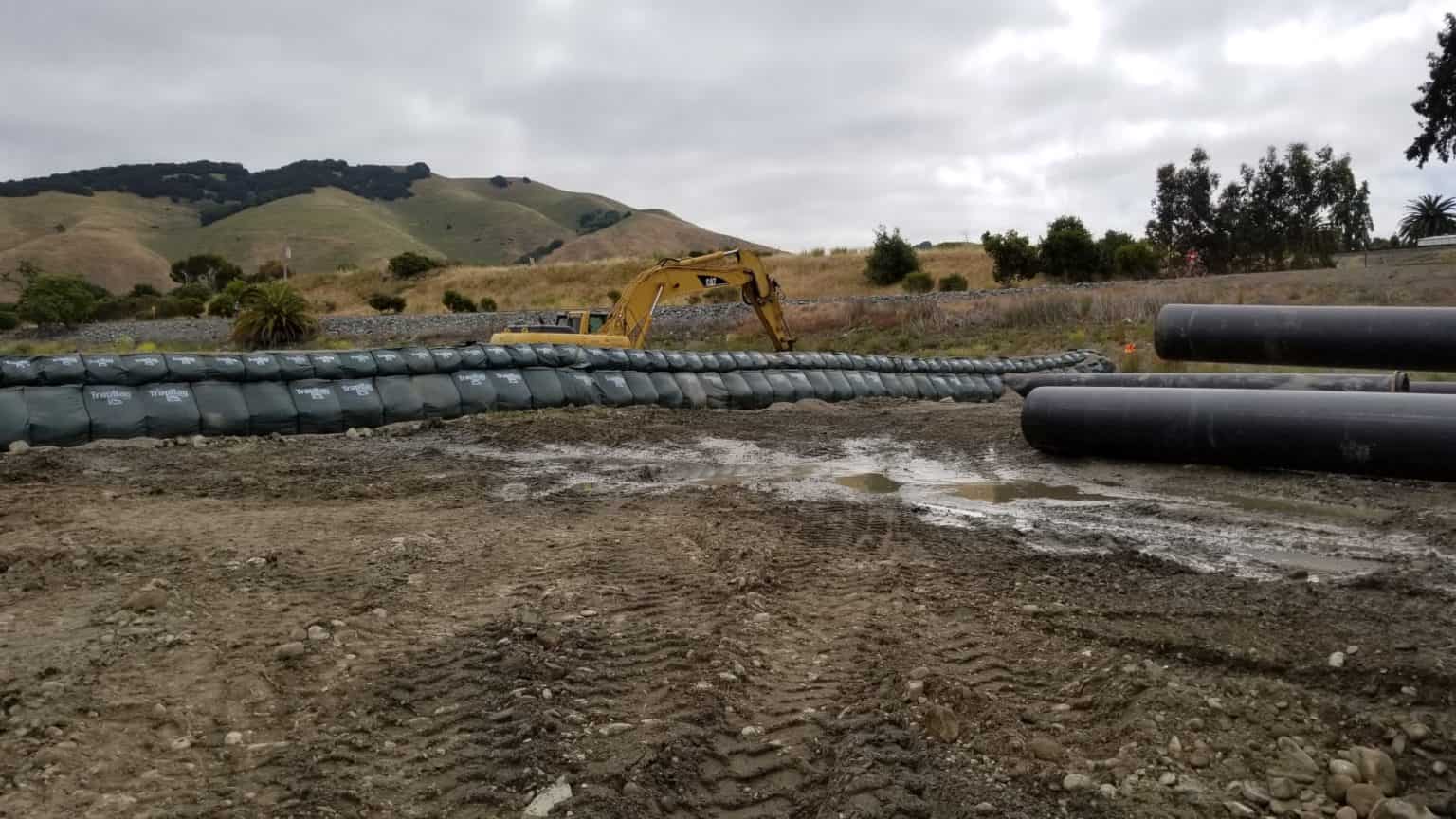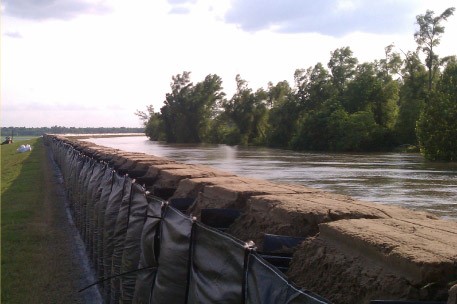Flood control and water retention come in many different forms, all of which have different applications and situations for which they’re best suited. However, all water barriers have one thing in common: They’re designed to hold back large amounts of water either temporarily or permanently, so it’s essential to use watertight materials when constructing them.
Explore more about dams, dikes, levees, and other types of water barriers, and how TrapBag® can serve as an excellent solution for building them quickly and securely.


